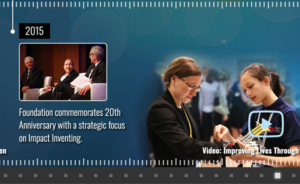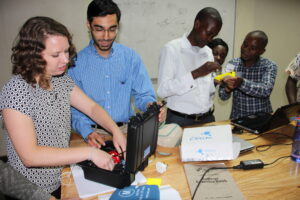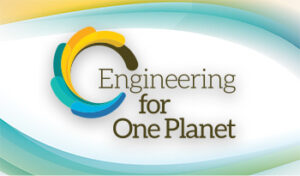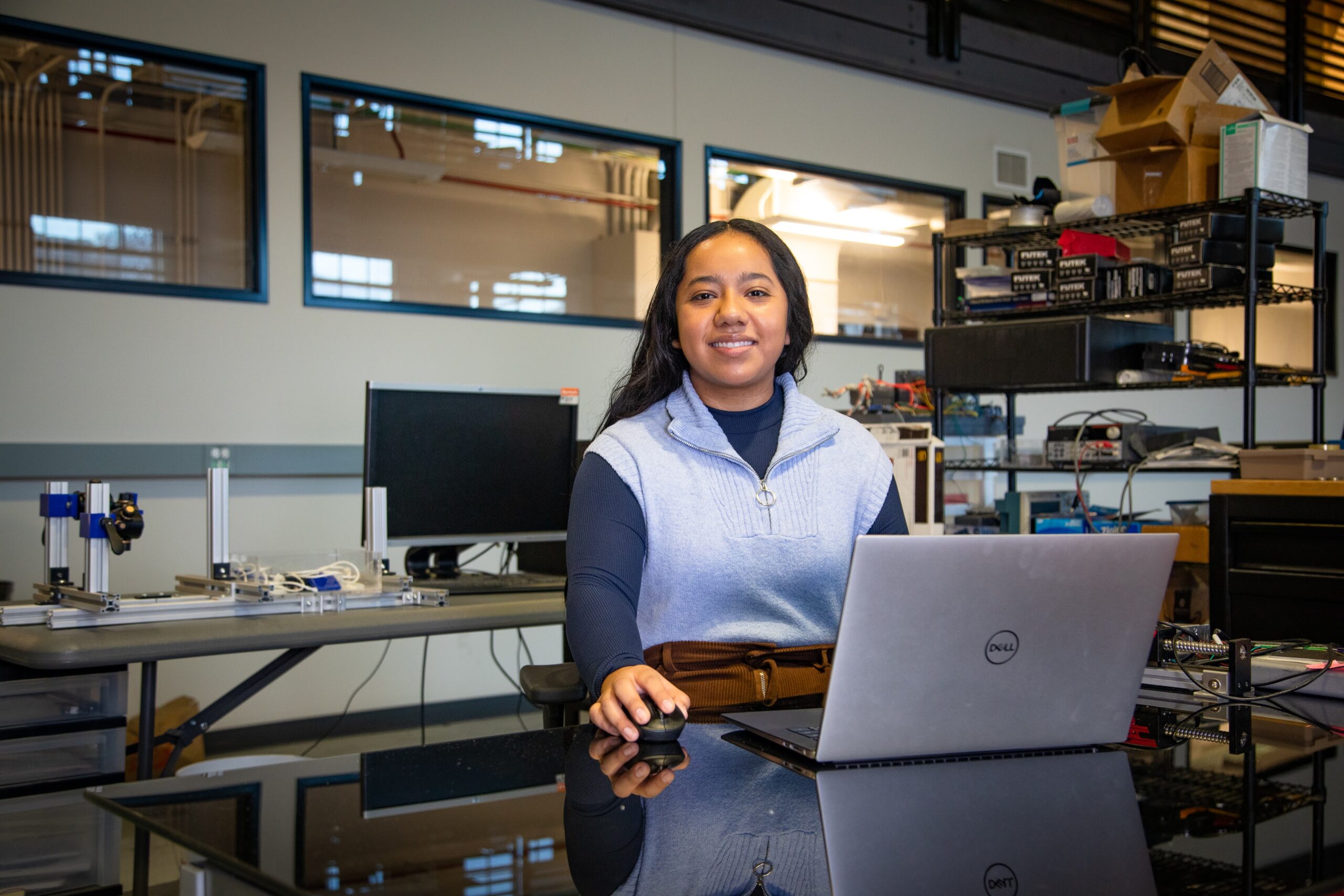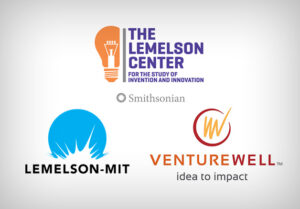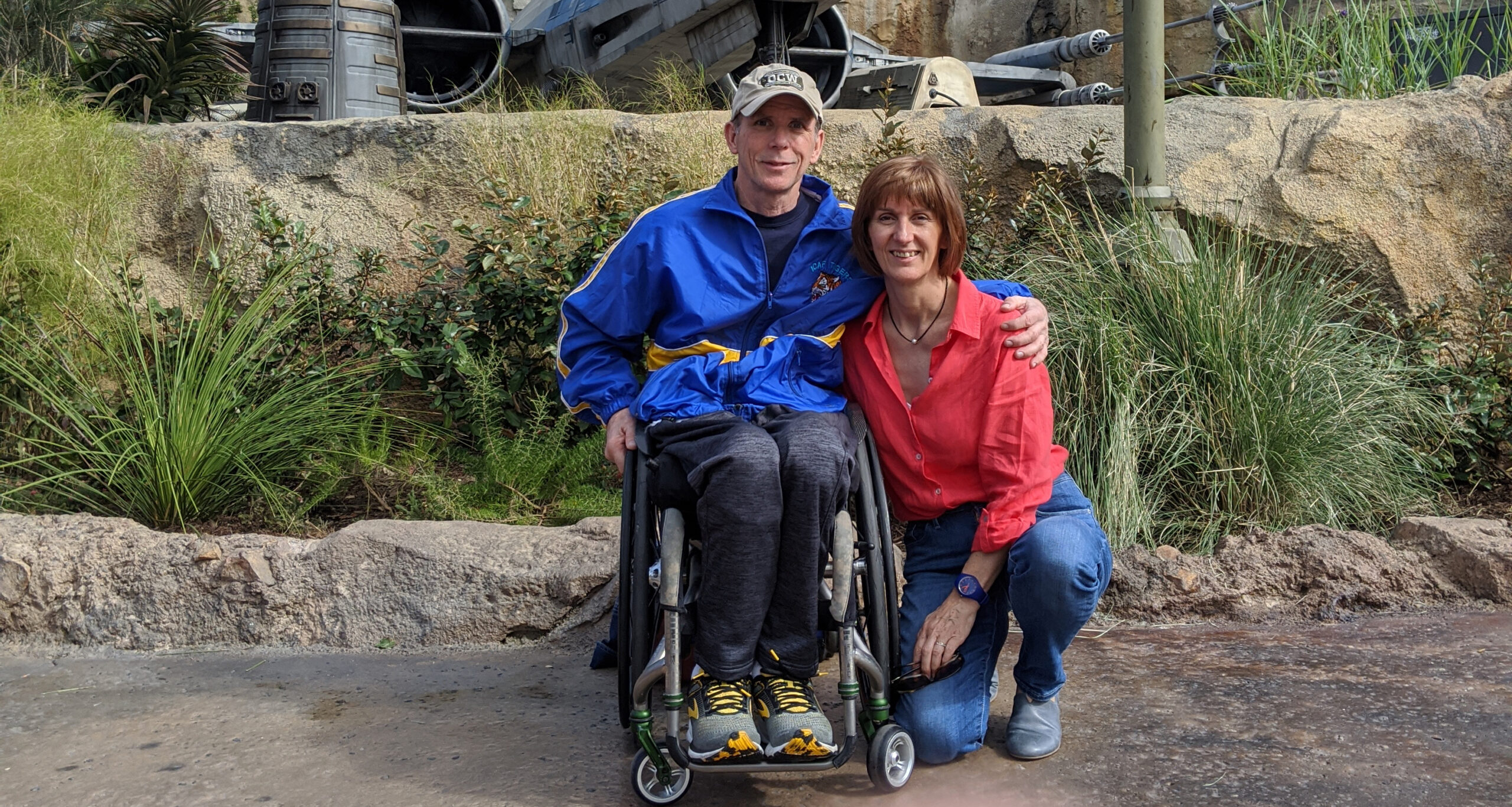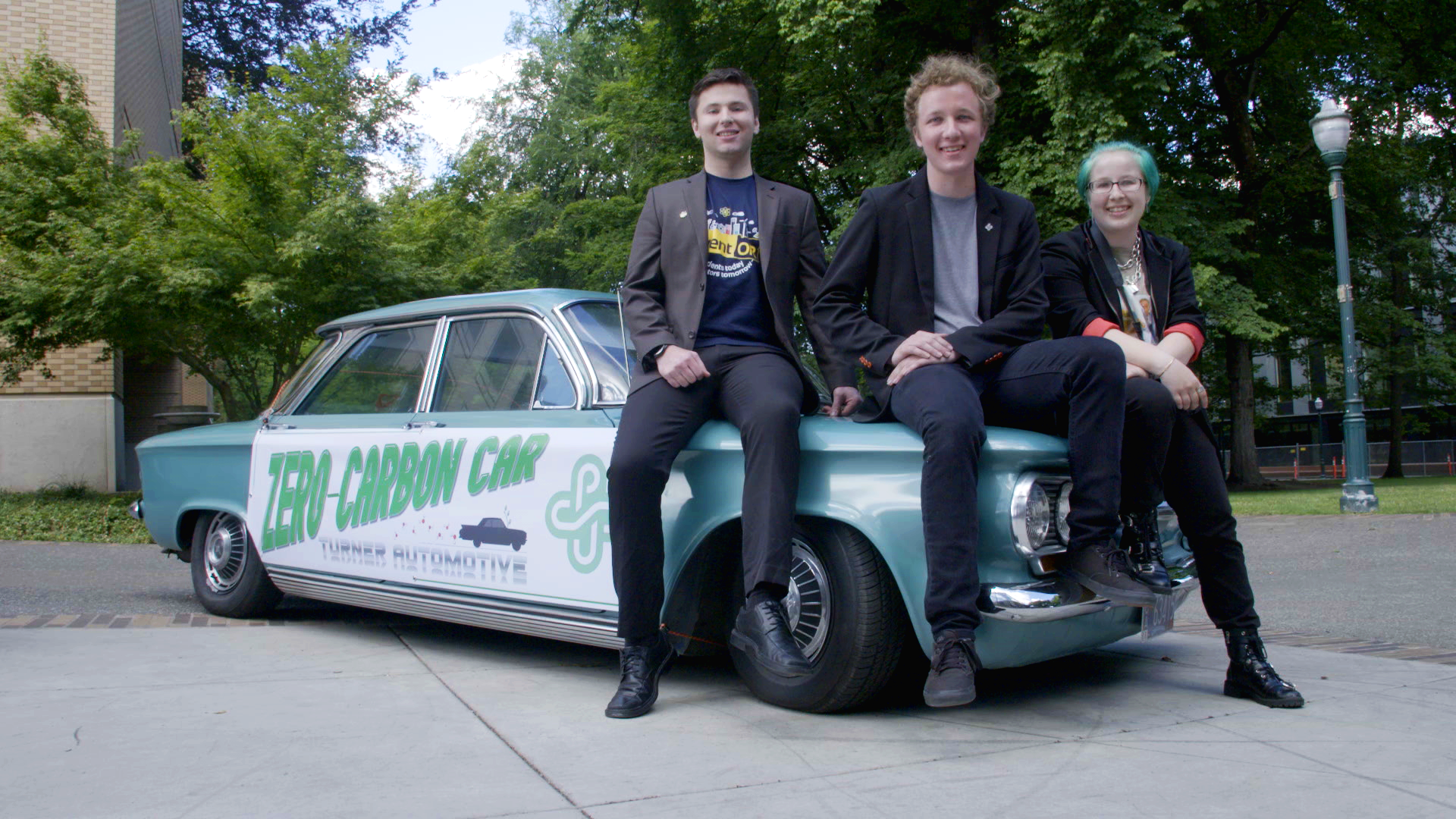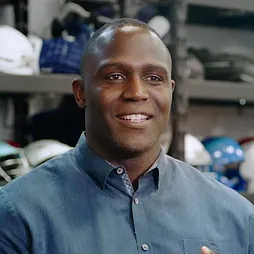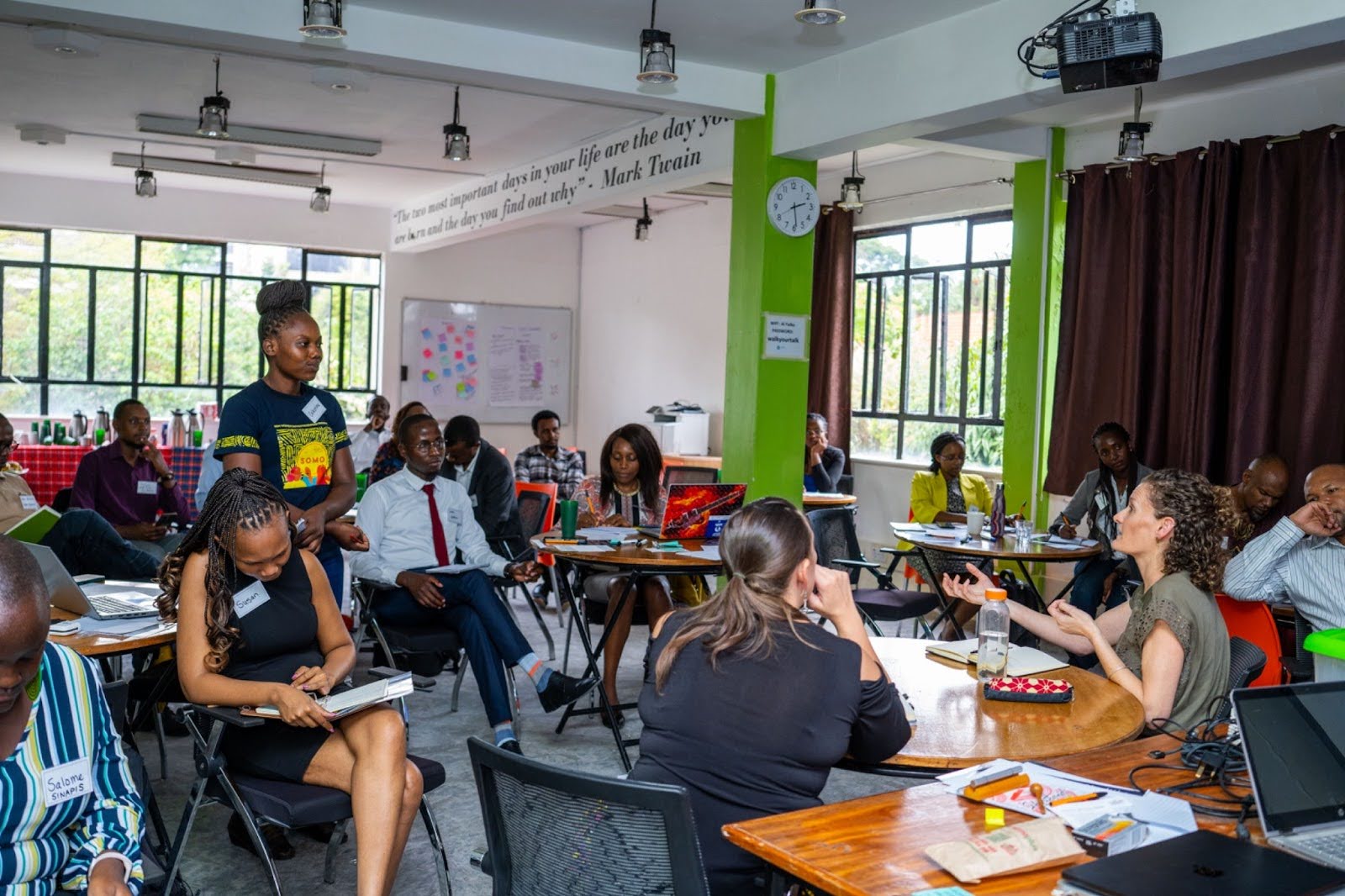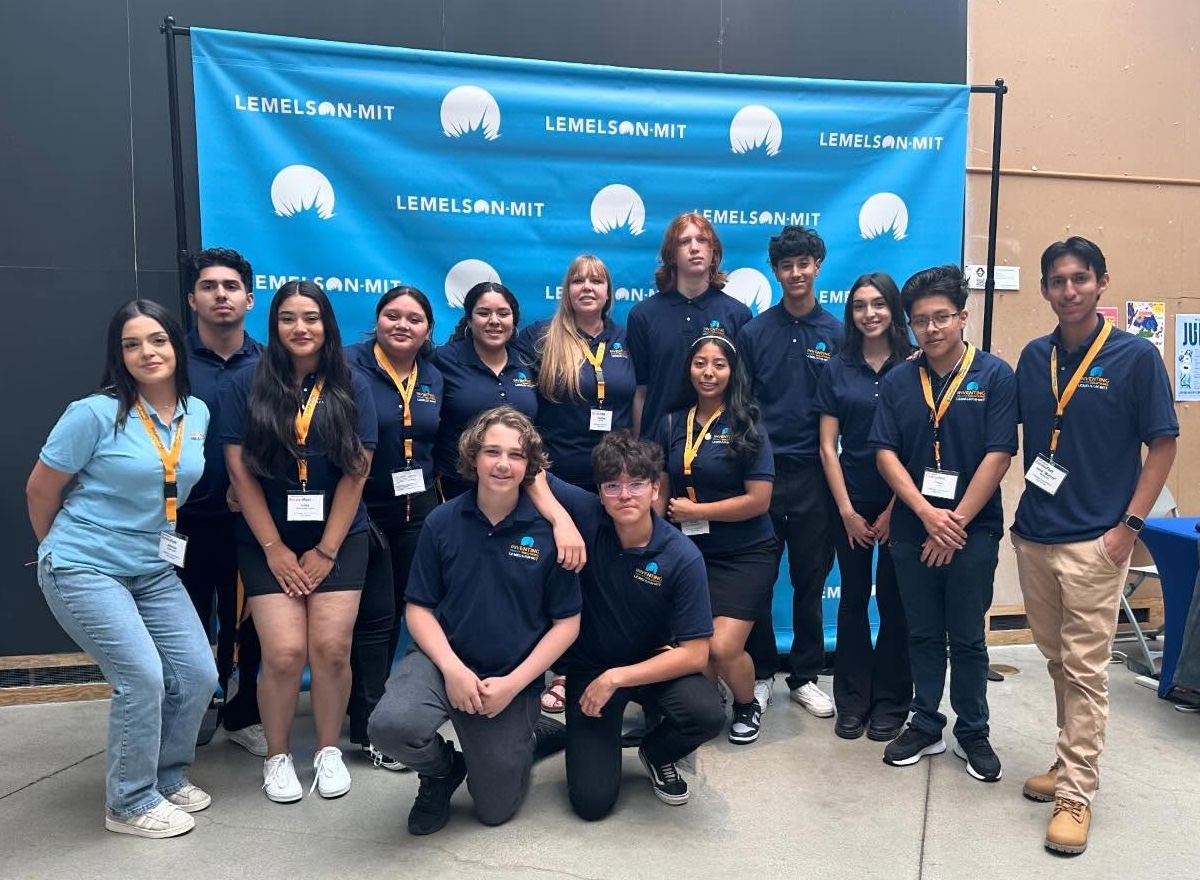Building Back for a Healthy Planet
Engineers are crucial to restoring our ecosystems and building a sustainable future.
min read

NOTE: To learn more about the sustainable engineering education movement, visit the Engineering for One Planet website.
As we look to recover and rebuild from a tumultuous pandemic year, “Build Back Better” has been the guiding principle of the Biden administration. But it can equally be applied to our natural environment, as we look at degraded ecosystems and the disruption caused by climate change.
With an eye toward the climate emergency, the UN has declared this the Decade on Ecosystem Restoration, starting with this year’s World Environment Day on June 5.
From forests to wetlands to grasslands to our oceans, these ecosystems are crucial to supporting life on our planet. And cities and farmlands — human built and modified, but ecosystems nonetheless — contribute to our livelihoods, nourishment and prosperity.
Humans are responsible for environmental degradation, and only we can reverse course. With a ten-year window to help mitigate the worst effects of climate change, we need to ramp up and mobilize a breadth of diverse stakeholders who can support sustainability education and behavior change.
Engineers play an outsized role in helping or harming the planet — and the results are often based on design and material choice. We hear more about the negative consequences of development, but an example of unintended positive consequences can be found in the story of the start-up Helix Steel.
As an engineer at the University of Michigan, founder Luke Pinkerton started out trying to solve an infrastructure problem common to the construction industry. Concrete — one of the most ubiquitous materials for building — is notoriously brittle and requires adding steel bars to reinforce it. Despite that, it still deteriorates, costing time and money to replace.
Pinkerton set out to solve this economic issue. He hit upon the innovation of using millions of tiny, lightweight fibers to mix in with the concrete, which dramatically increased its strength, durability and longevity. Inadvertently, he also helped solve a sustainability issue. His invention dramatically improves the environmental impact of concrete by reducing the amount of concrete needed over the long term. Concrete has a very large and negative carbon footprint when created in the traditional way. Creating the material in the U.S. also helps lower the carbon output, as well as creating jobs and strengthening the economy.

Helix Steel is currently creating more sustainable concrete for roads, homes, airports and other major structures. And as the company has grown, Pinkerton has become an advocate for sustainable design, helping his clients calculate and reduce the carbon footprint of their building projects.
Instead of a fortuitous accident, this kind of environmentally responsible engineering can be taught so that consideration of environmental impact is automatic for all engineers and projects. Education is a critical catalyst for instilling the principles of sustainability throughout the profession.
“If we are not exposed or educated in these topics, we might never give it the importance it deserves,” says Gerardo Valenzuela Mendoza, a civil engineering graduate student at the University of Texas at El Paso.

This the reason behind the Engineering for One Planet (EOP) initiative — to help transform engineering education, taking a cross-disciplinary approach to instilling the knowledge and skills of sustainability for all future engineers. Powered by The Lemelson Foundation and VentureWell, it mobilizes a community of hundreds of collaborators and advocates from academia, industry, philanthropy, government and nonprofits to help make that systemic change as rapidly as possible.
By taking a systems view, we can ensure that students from all engineering disciplines — from computer science to mechanical, electrical, chemical or civil engineering — have the ability to contribute to the larger goal of building a more sustainable planet. They can also help mitigate the effects of environmental degradation that disproportionately harms underserved and underrepresented communities, so that we all prosper together.
For ABET (formerly the Accreditation Board for Engineering and Technology), the organization that accredits college and university STEM programs globally, it’s critical to prepare future engineers with the environmental competency required to navigate an uncertain future. Graduates from ABET-accredited programs must understand the impact of engineering solutions in global, economic, environmental and societal contexts. Not only will this help our planet but it will ensure STEM graduates have the skills that employers value as essential to good business and professional excellence.
“In engineering there is a focus on design, and how engineers are trained to design systems, processes and products,” said Jeffrey Abell, Director of Manufacturing Systems Research at General Motors, and the ABET Industry Advisory Council Chair. “As an employer, if an engineer has an ABET-accredited background, I am confident they will bring these important skills to our team.”
Quality STEM education also plays a key role in providing a global perspective, preparing graduates to act as global citizens poised to address the world’s greatest sustainability challenges.
“As engineers, we must challenge ourselves to bring greater attention to our role in helping to fulfill some of the not so obvious engineering-related sustainability goals, like zero poverty, zero hunger quality education and gender equality,” said Yvette E. Pearson, Associate Dean for Accreditation, Assessment and Strategic Initiatives in the George R. Brown School of Engineering at Rice University.
Sustainability in engineering is a motivating factor for faculty and students alike. “The way that I see it, environmentally sustainable engineering is engineering at its best,” says Kianna Marquez, a third-year undergraduate chemical engineer at the University of Michigan.
As we embark on a decade of repairing our ecosystems, engineers will be critical to ensure we truly build back better for the future.
To learn more about the Engineering for One Planet initiative and receive updates, visit EOP’s website or email info@engineeringforoneplanet.org.
To learn more about how ABET accreditation assures confidence that a STEM program prepares graduates to enter the global workforce, visit https://www.abet.org/

Important Disclaimer: The content on this page may include links to publicly available information from third-party organizations. In most cases, linked websites are not owned or controlled in any way by the Foundation, and the Foundation therefore has no involvement with the content on such sites. These sites may, however, contain additional information about the subject matter of this article. By clicking on any of the links contained herein, you agree to be directed to an external website, and you acknowledge and agree that the Foundation shall not be held responsible or accountable for any information contained on such site. Please note that the Foundation does not monitor any of the websites linked herein and does not review, endorse, or approve any information posted on any such sites.



